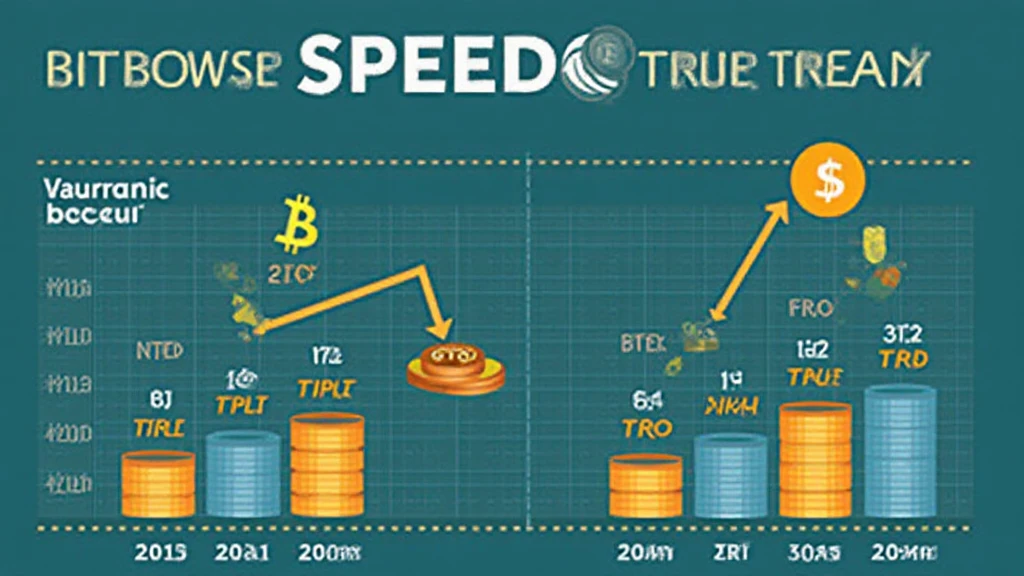Introduction
In an era where digital assets are reshaping the financial landscape, the emergence of Bitcoin Exchange-Traded Funds (ETFs) has garnered significant attention from investors worldwide. As of 2024, approximately $4.1 billion has been lost to decentralized finance (DeFi) hacks, underscoring the need for secure and innovative strategies for asset allocation in cryptocurrencies. This article delves into the intricacies of Bitcoin ETF asset allocation, reviewing trends, strategies, and implications for both seasoned and novice investors. Whether you are exploring investment options in Vietnam’s crypto market—where the user growth rate stands at over 45%—or elsewhere, understanding Bitcoin ETFs is crucial for making informed investment decisions.
Understanding Bitcoin ETFs
Bitcoin ETFs provide a regulated approach to investing in Bitcoin, allowing investors to gain exposure to this leading cryptocurrency without needing to store it directly. These funds are designed to track the performance of Bitcoin and offer a viable alternative for traditional investors. Here’s what you need to know:
- Regulatory Backing: Unlike direct cryptocurrency purchases, ETFs are often subject to regulatory scrutiny, providing a degree of safety and legitimacy.
- Lower Entry Barriers: Investing in Bitcoin through ETFs requires fewer technical know-how and reduces the complexities associated with managing private keys and wallets.
- Diversification Opportunities: ETFs can hold various assets, enabling portfolio diversification beyond Bitcoin itself.
Asset Allocation Strategies for Bitcoin ETFs
When it comes to asset allocation in Bitcoin ETFs, several strategies stand out. Each strategy has its pros and cons, and determining the right approach depends on an individual’s financial goals and risk tolerance.

Dollar-Cost Averaging (DCA)
Dollar-Cost Averaging is the strategy of investing a fixed amount of money into Bitcoin ETFs at regular intervals, regardless of price fluctuations. This mitigates the impact of market volatility over time, allowing investors to accumulate more shares when prices are low and fewer shares when prices are high.
Strategic Asset Allocation
This approach involves setting a predetermined percentage of an investment portfolio to be allocated to Bitcoin ETFs based on factors like risk tolerance, market outlook, and investment goals. For instance, conservative investors might allocate 5-10% of their portfolio, while aggressive investors may allocate upwards of 30%.
Tactical Asset Allocation
In contrast to strategic allocation, tactical asset allocation is more dynamic. Investors may adjust their Bitcoin ETF allocation based on market trends, economic conditions, or technical indicators. This approach requires careful monitoring and market analysis, thus appealing to experienced traders.
Local Market Insights: Vietnam’s Crypto Landscape
As Bitcoin ETFs gain traction, understanding local market dynamics is essential, especially in rapidly growing markets like Vietnam. The country has seen a remarkable increase in crypto adoption in recent years:
- Growing User Base: Vietnam has one of the highest rates of cryptocurrency adoption, with recent statistics showing a growth rate surpassing 45% in active users within a single year.
- Government Regulation: The Vietnamese government is beginning to address the legal framework for cryptocurrencies, which may support the growth and development of investment products like Bitcoin ETFs.
- Investment Awareness: As educational efforts increase, more Vietnamese investors are becoming aware of the potential benefits and risks of investing in digital assets.
Risks Associated with Bitcoin ETFs
Despite the advantages of Bitcoin ETFs, investors should be aware of the inherent risks:
- Market Volatility: Bitcoin’s price can be extremely volatile, which affects ETF performance.
- Regulatory Risks: Changes in regulations can impact ETF operations and market availability.
- Tracking Errors: ETFs may not perfectly track Bitcoin’s price, leading to discrepancies in returns.
The Future of Bitcoin ETFs and Asset Allocation
Looking ahead to 2025, the future of Bitcoin ETFs is poised for growth. The global cryptocurrency market is dynamic, with continual advancements in blockchain technology and regulatory developments:
- Increased Institutional Adoption: More institutional investors are likely to enter the Bitcoin ETF space, driving demand.
- Innovative Products: Expect the introduction of more diversified and complex ETFs that include various cryptocurrencies.
- Educational Initiatives: More resources and tools will become available for investors to understand Bitcoin ETFs, enhancing market participation.
Conclusion
Bitcoin ETFs present a profound shift in how investors can engage with digital currencies. By strategically allocating assets to these investment vehicles, both new and experienced investors can navigate the cryptocurrencies landscape effectively. As the financial sector evolves, particularly in markets like Vietnam, understanding Bitcoin ETF asset allocation will be essential for maximizing investment potential. Dive deeper into your investment journey with our guide and make informed decisions as we move towards an increasingly digital economy.
For additional insights on cryptocurrency investments and updates on emerging markets, visit officialcryptonews.




